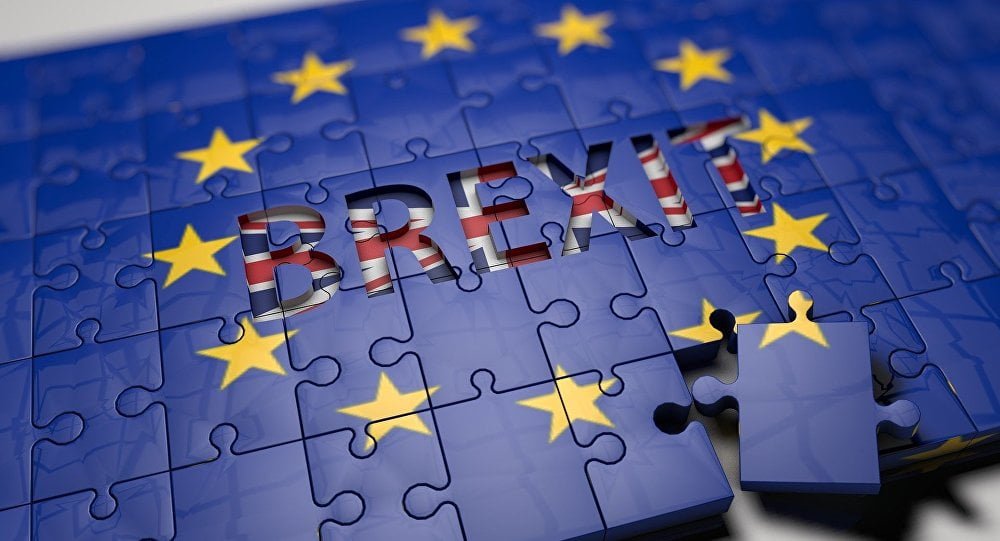Draft Brexit deal: All you need to know
Share:

It has been over eight hundred days since the UK voted to leave the European Union. Late yesterday evening, it was announced by Prime Minister Theresa May that the cabinet had finally agreed on a draft Brexit deal ahead of this country’s withdrawal from the Union in March next year. With over 500 pages of politics, laws and agreements to sift through, more information keeps coming in. So we thought we’d give you the low down on the draft Brexit deal and whate exactly is going on with it.
What’s in the deal?
There are some elements of the Prime Minister’s controversial Chequers plans in this draft deal. However, it seems she has also ditched many key parts in order for the cabinet to agree to proceed with the plan. Getting down to the nitty gritty, there are some very interesting parts of this deal. They are as follows.
— There will be visa-free travel to EU countries, though freedom of movement (which was one of the most divisive issues of the Brexit campaign) will end
— £39 billion will be paid to the EU to settle the UK’s financial responsibility to the Union
— EU citizens who have lived in the UK for five years in a row have the right to remain living here with their families
— The UK is not obliged to provide student loans or grants to international students studying here
— There will be a 21-month transition period beginning in March next year which will encompass the UK still following the rules of the EU and being governed by the European Court of Justice. This period will also allow time to agree a trade deal, though if more time is needed, it can be added – but for a price
— There will be a Northern Ireland backstop. NI will remain in a closer relationship with the customs union, though it will still be in the same customs territory as the rest of the UK

What’s the Northern Ireland backstop?
In a nutshell, the Northern Ireland backstop is a last resort idea in which Northern Ireland maintains an open border with the island of Ireland, which remains a member of the European Union (and thus allows freedom of movement).
This is so controversial as many Brexiteers see it as allowing the UK to remain in the EU in one way, shape or form. Moreover, if activated, the backstop cannot be ended by the UK alone, but only when the EU and UK agree to end it.
How has Parliament responded to the deal?
Parliament has responded rather angrily to the draft Brexit deal propsed by Mrs May. It will indeed be very difficult to get the deal passed through Parliament due to numbers stacking up against the PM. Labour, the SNP, Liberal Democrats and DUP will all vote against the deal, including perhaps around 80 Conservative backbenchers who disagree with the deal.
Moreover, the actual cabinet has reacted dramatically to the deal. Since last night, five ministers have resigned, including the Brexit secretary himself. This therefore raises questions surrounding the PM’s tenure and whether her position as PM is still in fact tenable or not.
